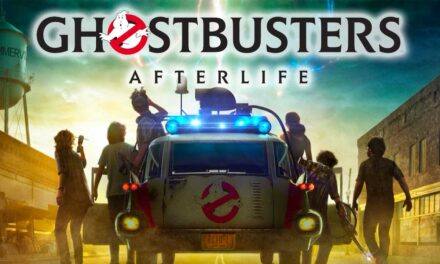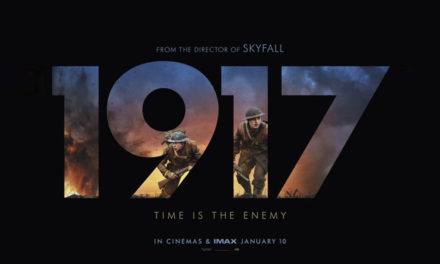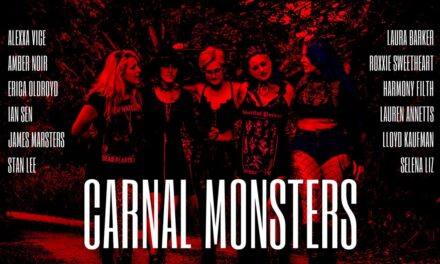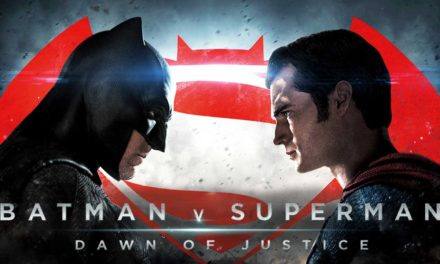Throughout early recorded history, there have been tons of tales and folklore revolving around men transforming into wolves. These people are referred to as lycanthropes, referencing the Greek King Lycaon, whom Zeus turned into a wolf as punishment. Of course, it wouldn’t be long until werewolves made their way onto the big screen starting with the silent era. The first was a silent short film in 1913 called The Werewolf, which was lost in a fire in 1924. 1925 saw another silent werewolf film called Wolf Blood released, but a full-length film wouldn’t come until a decade later. By 1935, Universal was going through their golden age of horror, releasing The Bride of Frankenstein earlier that year. For their next film, Universal decided to make what would become the first feature-length werewolf film to date. In May of 1935, Werewolf of London was released to theaters.
%
Rating
Synopsis
Botanist Wilfred Glendon (Henry Hull) is traveling to Tibet in search of a rare plant that supposedly blooms in moonlight. That night, he gets attacked by a strange animal before he manages to get a sample of the plant. After returning home, he’s visited by Dr. Yogami (Warner Oland), who tries warning Glendon about him turning into a werewolf. Glendon initially doesn’t believe his warning, but that night as he’s experimenting with the plant, he starts to transform. He soon finds that the plant acts as a temporary antidote, only to have the flower stolen by Dr. Yogami. After committing several murders as a werewolf, Glendon decides to neglect his wife Lisa (Valerie Hobson) for her safety. As the police continue their search for the murderer, Glendon soon realizes Yogami was the original werewolf who turned him. Will Glendon be cured, or will he meet a grisly demise?
Review
As noteworthy as it is for being the first full-length werewolf film, Werewolf of London sadly falls short of expectations. To get into the positives, Jack Pierce’s makeup effects are top-notch as always, the werewolf design decent at best. Acting-wise, though not as charismatic as Bela Lugosi or Boris Karloff, Henry Hull still delivers a solid performance. He seems to be copying Colin Clive’s performance from Frankenstein, though it’s not quite as compelling, it’s still admirable. Warner Oland certainly stands out as the villainous Dr. Yogami, though he seems to be channeling Charles Laughton’s, Dr. Moreau. Valerie Hobson, while not as good as she was in The Bride of Frankenstein, gives a decent performance here. Aside from that though, most of the acting comes off bland, though it doesn’t help the dialogue isn’t memorable. That’s probably the film’s biggest weakness: bland acting and bland writing.
At seventy-five minutes, the movie’s short, but many scenes tend to drag on and grind the film to a halt. Many of the scenes contain tons of expository dialogue that is flatly delivered and doesn’t amount to much. While a few scenes do feature Hull as the werewolf attacking people, these are very few and far between. It’s a shame because, as stated, the makeup is fairly decent, but we don’t get to see it very often. Admittedly, it’s interesting that this film somewhat laid the groundwork for what became the definitive werewolf lore to this day. Granted, this would be further expanded upon in The Wolf Man years later, but we’ll get to that. While there are some solid aspects to be sure, this is a weak spot in an otherwise perfect run. Overall, Werewolf of London is worth a one-time viewing, but not much else.
Buy Werewolf of London on Amazon: https://amzn.to/2GQxQXd




